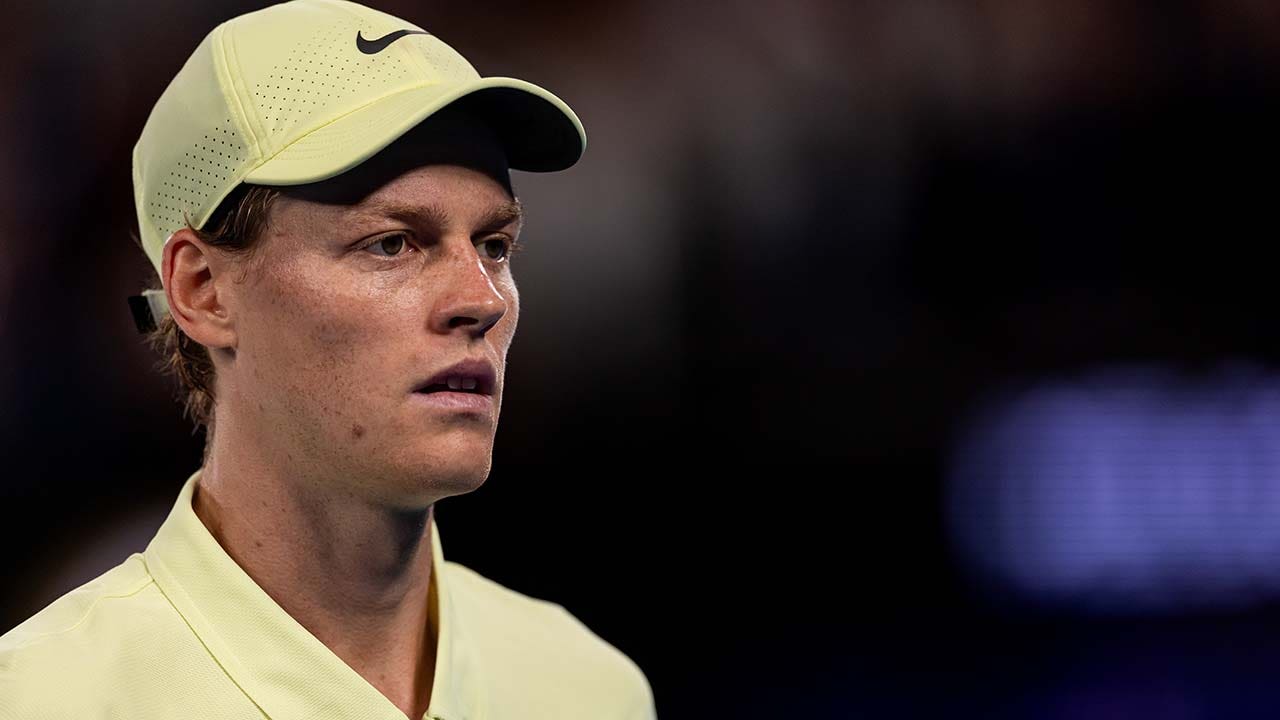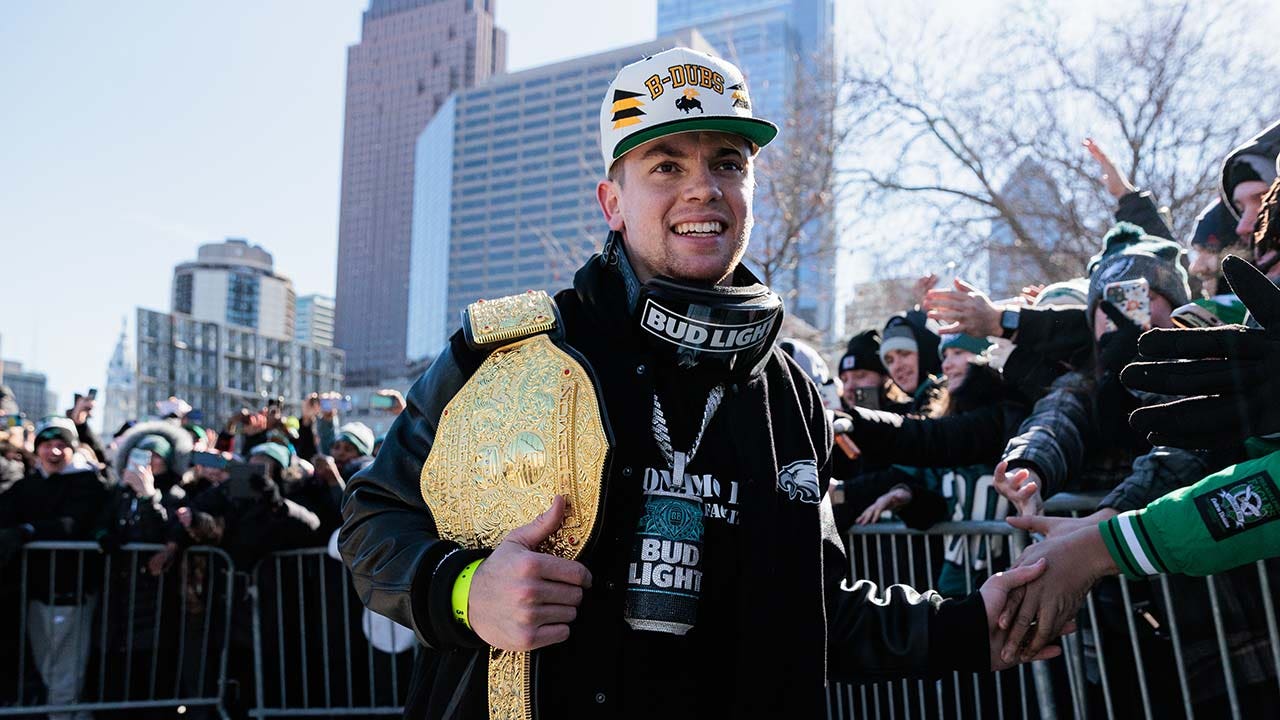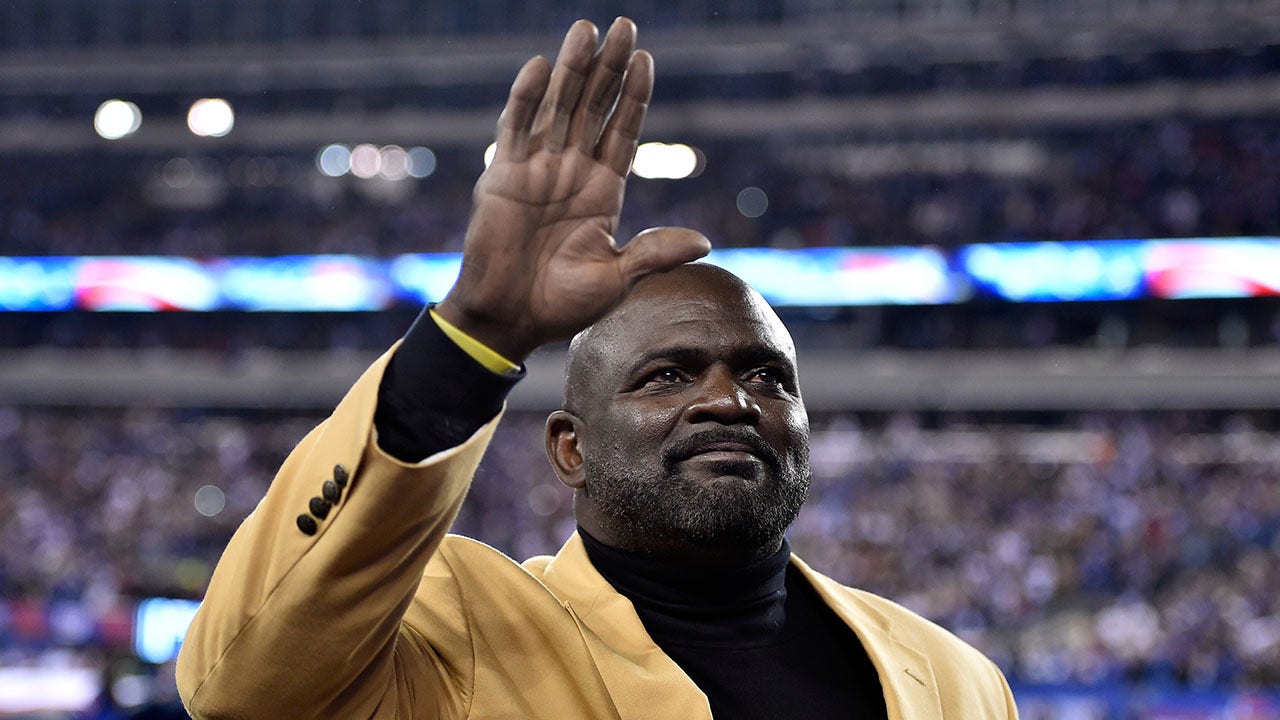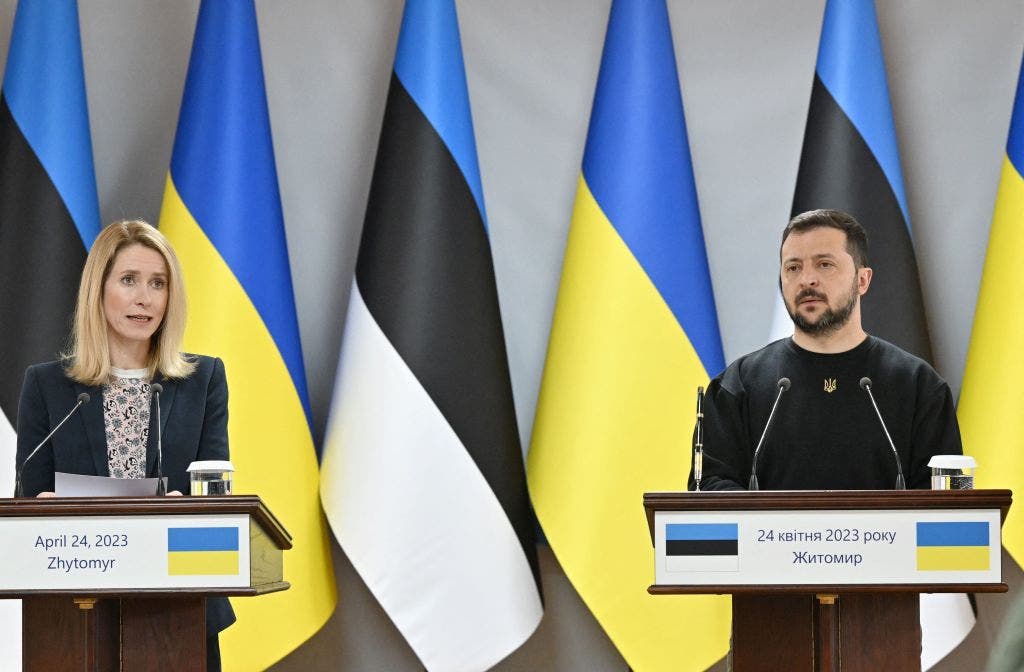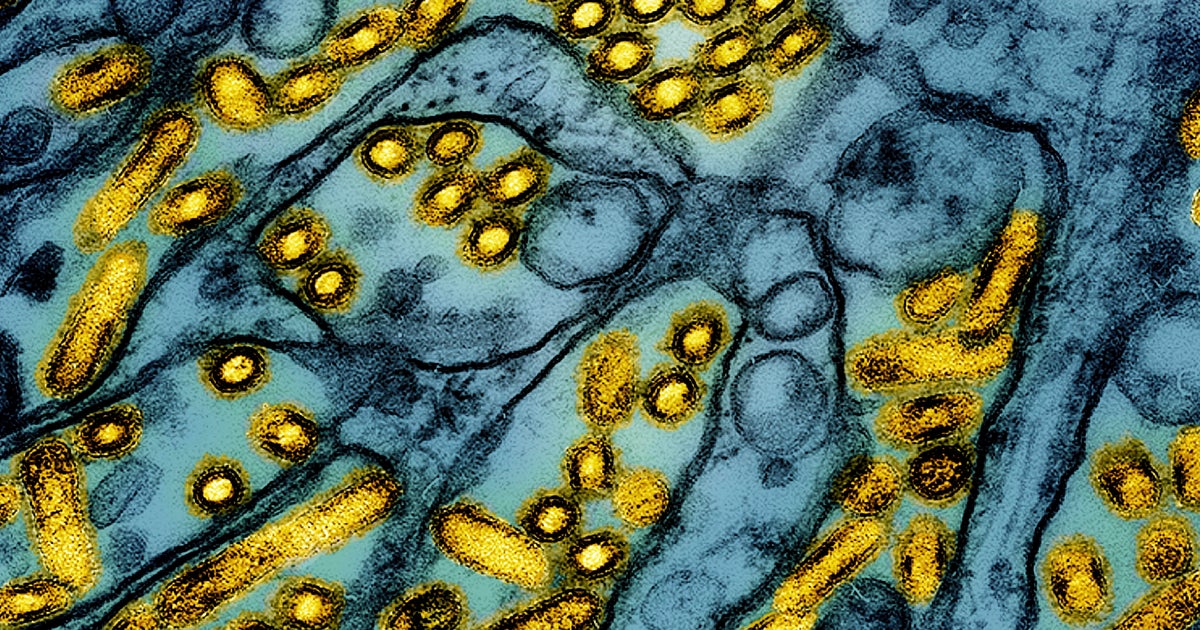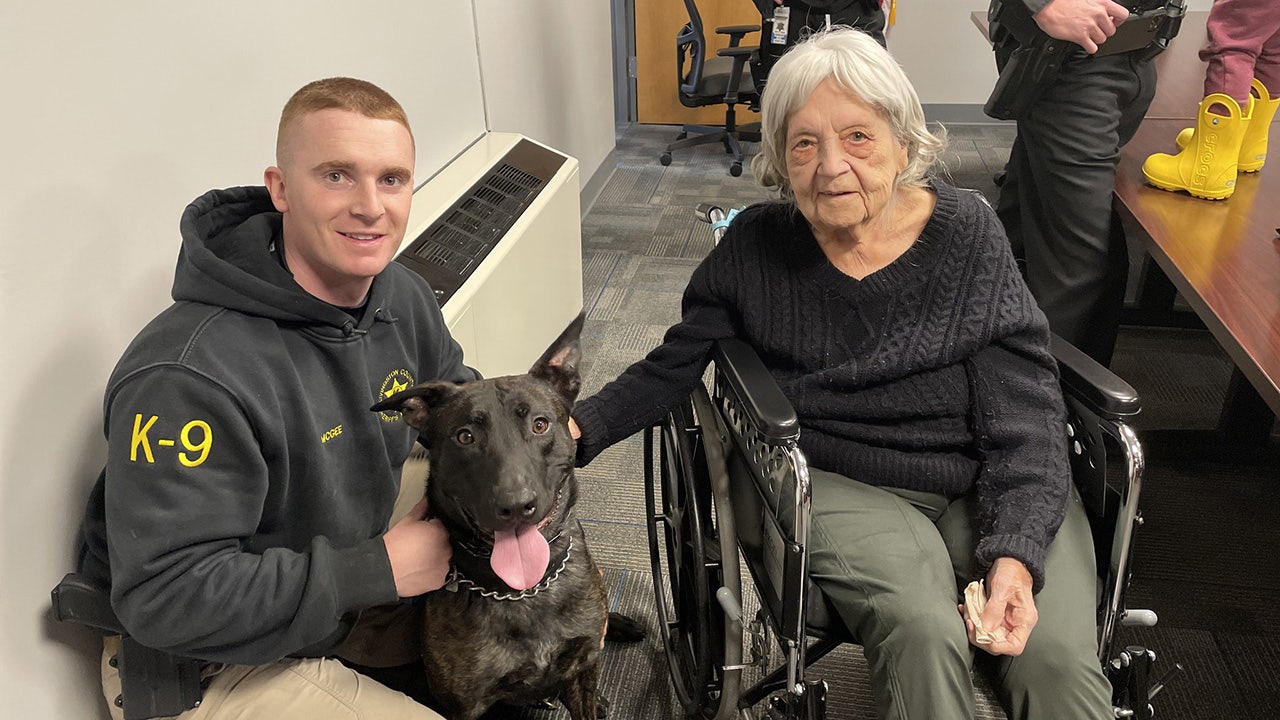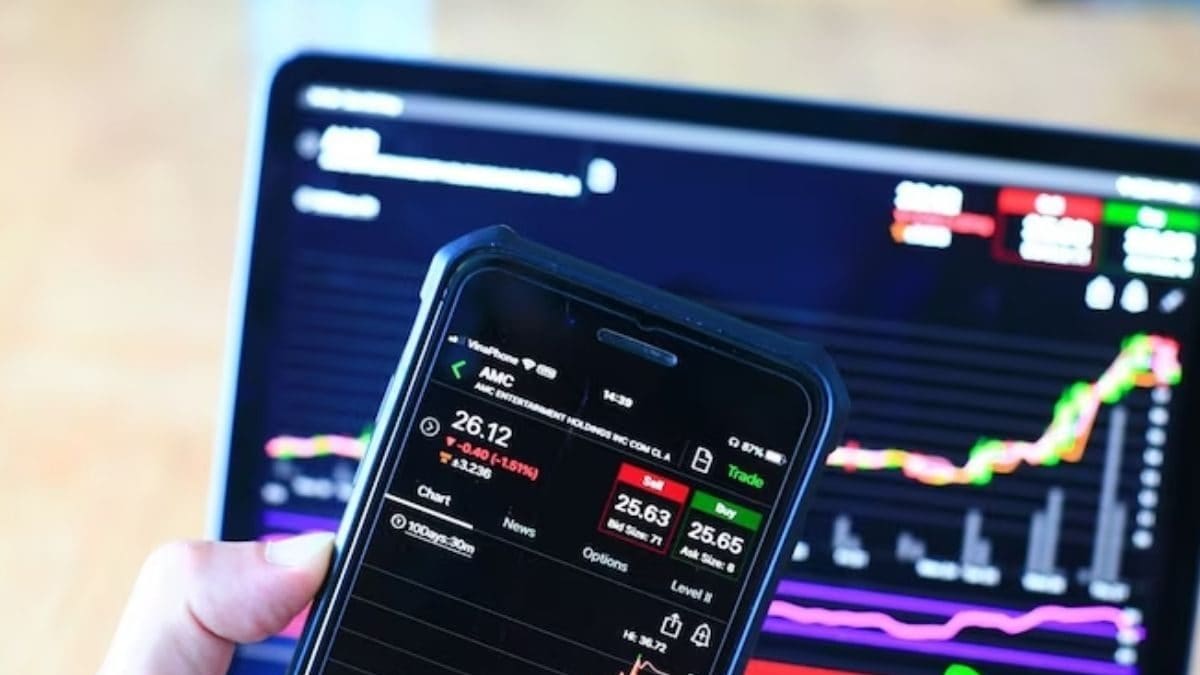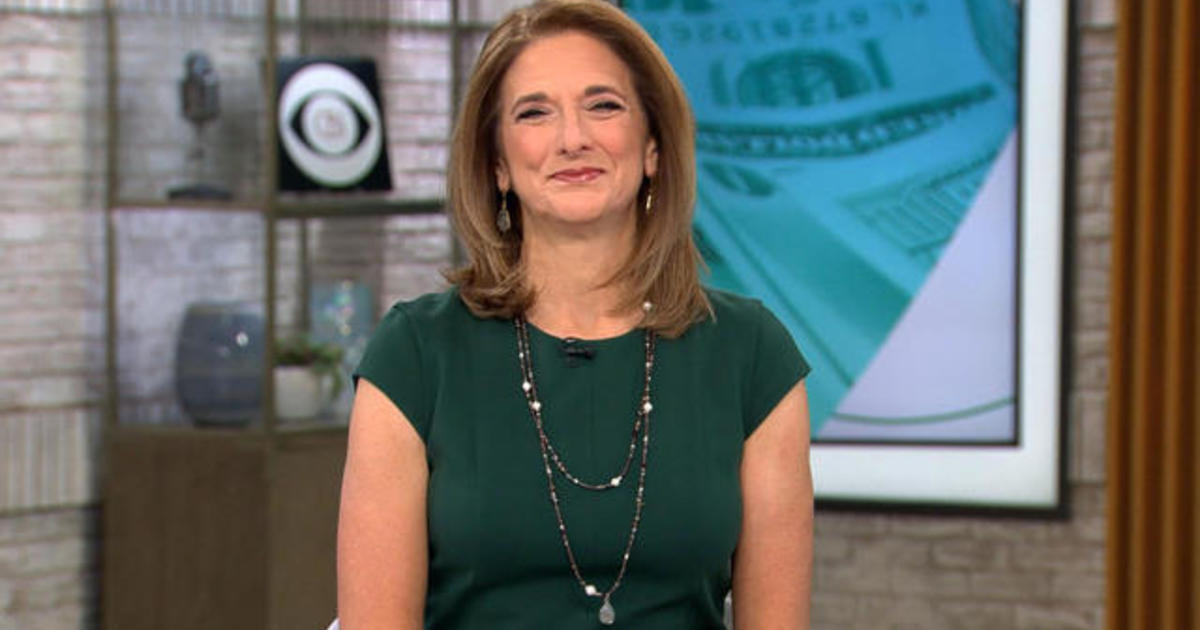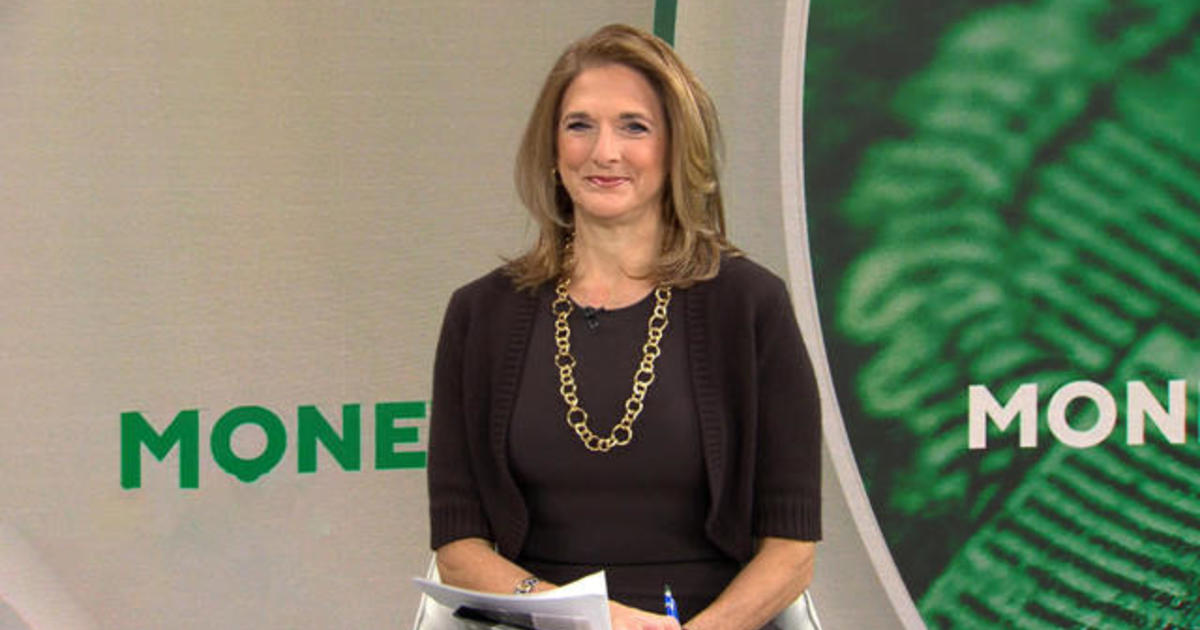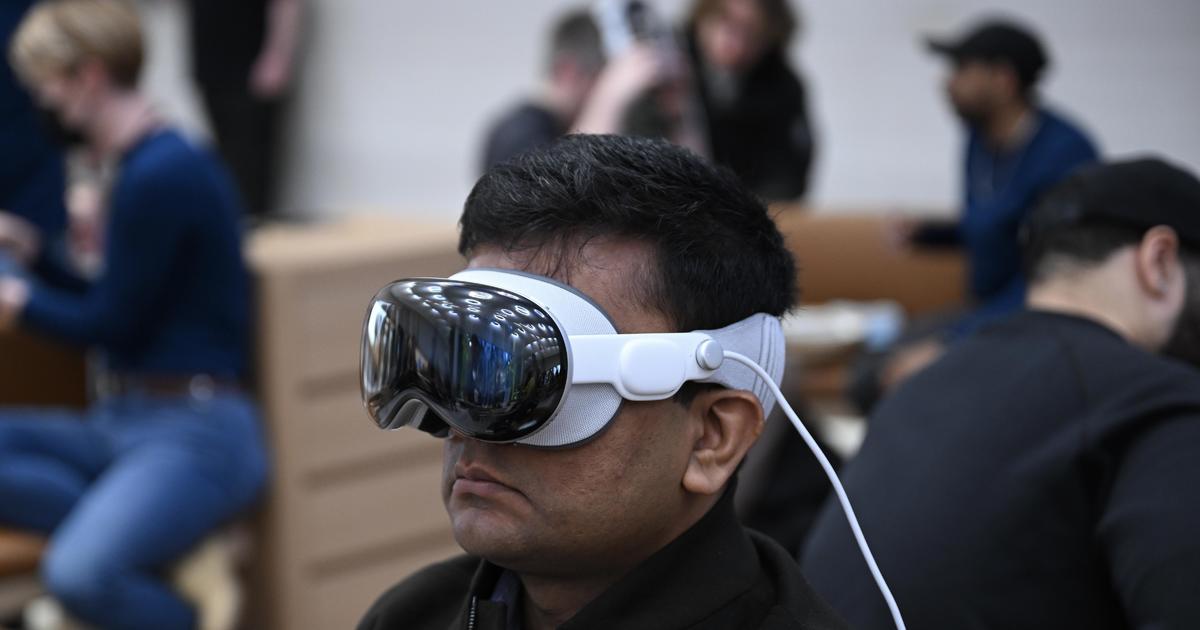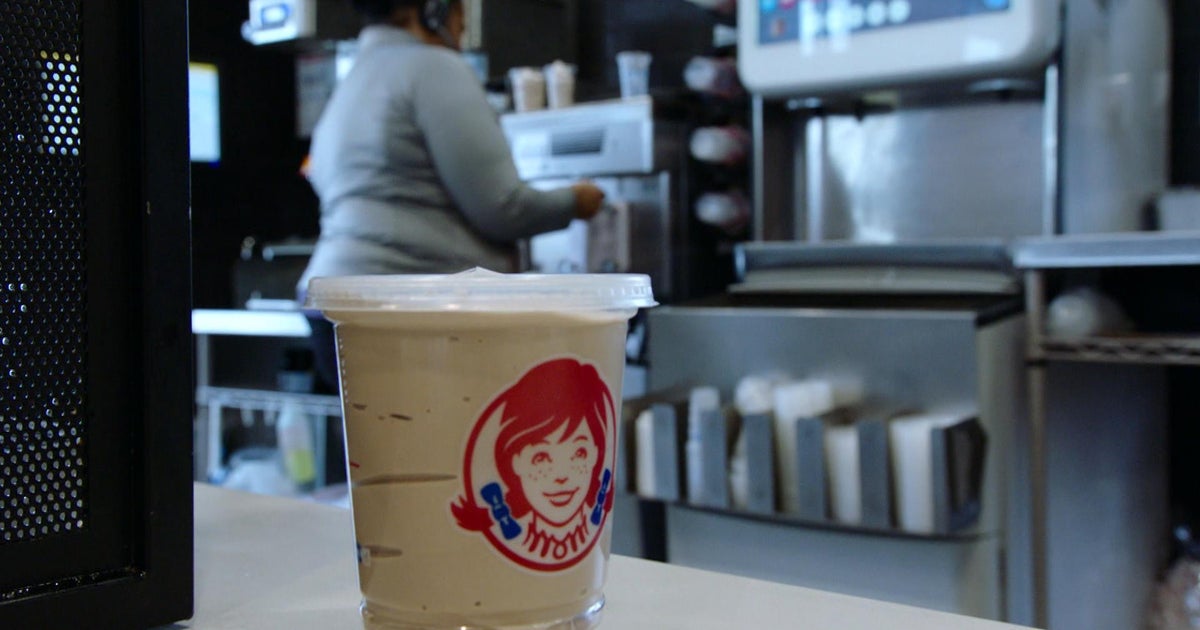Towering bronzes depicting emperors once graced an ancient shrine in a region of what is now Turkey that was once part of Rome’s extended empire. Installed between around A.D. 50 and 250 to venerate imperial power, the statues were later buried by earthquakes only to be discovered and quietly sold by local farmers in the 1960s.
They ended up in museums and antiquities collections around the world.
Now, one of these venerable legacies of Roman rule, a headless bronze believed by some to depict the famed statesman Marcus Aurelius and by others to be an unnamed philosopher, is returning to Turkey.
The Cleveland Museum of Art, which has featured the bronze in its collection since 1986, agreed on Friday to surrender the statue in response to a seizure order from Manhattan investigators who have said the statue was clearly looted and sold through dealers in New York.
The museum’s decision ended a court case it had initiated to block the seizure and came after months of what investigators from the Manhattan district attorney’s office described as cooperative efforts to establish whether the bronze had indeed been stolen from an ancient archaeological site known as Bubon.
“This investigation included extensive witness interviews and forensic testing that proved conclusively this antiquity was looted from Bubon,” Alvin L. Bragg, the Manhattan district attorney, said in a statement.
The museum cited the extensive forensic testing as key to its decision. The testing included comparing soil samples using soil from within the statue, lead isotope analysis and 3-D modeling that confirmed the statue was one that had stood in Bubon. Lead at the foot of the statute from a plug used to attach the bronze to its plinth was found to match lead residue that had leached into a stone base at the shrine site.
“Without this new research, the museum would not have been able to determine with confidence that the statue was once present at the site,” the Cleveland institution said in a statement.
With the surrender, the district attorney’s Antiquities Trafficking Unit, led by Matthew Bogdanos, has seized 15 artifacts originally taken from Bubon, including artifacts returned by the Metropolitan Museum of Art; the Museum of Greek, Etruscan and Roman Art at Fordham University; and the Worcester Art Museum in Massachusetts.
Fourteen of the 15 have already been repatriated. The Cleveland bronze statue will be returned to Turkey after logistical arrangements are finalized with Turkish officials. The museum said it might be able to retain the statue, which is currently not on display, for a final, temporary period on exhibit.
William M. Griswold, director of the museum, said in an interview that he hoped to arrange such a display so that “our visitors who have grown accustomed to the presence of the sculpture at the museum may bid farewell to this cherished guest.”
The Manhattan district attorney’s office is still litigating an item held by a California collector that it also believes was taken from the site.
Investigators have said their work also contributed to the return of two other Bubon objects, the head of the emperor Septimius Severus from the Ny Carlsberg Glyptotek in Copenhagen and another, unnamed piece from London.
Cleveland has long presented the bronze statue it is returning, with its flowing robes and stoic posture, as a premiere artifact in its Greek and Roman galleries. It was cast to be larger-than-life and stands 6 feet 4 inches without its head. Investigators have valued it at $20 million.
Efforts to return the statue date to 2023, when investigators persuaded a New York judge to authorize its seizure. But the museum filed a court challenge in Federal District Court in Ohio, arguing that evidence presented by the Manhattan district attorney’s office had not been compelling.
The museum said it had bought the statue in 1986 from the Edward H. Merrin Gallery for $1.85 million. The museum provided a bill of sale from the date of its purchase that said it was buying a “Figure of a Draped Emperor (Probably Marcus Aurelius), Roman, late 2nd Century A.D., bronze.”
But in fighting the seizure, museum officials had disputed that the statue was from Turkey and suggested it was more likely the torso of a philosopher, not an emperor. Aurelius had something of a reputation as both. His “Meditations” is viewed as a classic work of Stoic philosophy.
Turkey’s claim had at one point hinged in part on persuading investigators that the statue in fact depicts Marcus Aurelius because a stone plinth at the site is inscribed with that emperor’s name. But in its statement on Friday, museum officials said the recent research had only deepened their sense that the statue they hold is not that of Aurelius because the plinth that bears that name is not the one where analysis indicated the Cleveland bronze had once stood.
The district attorney’s office said it continued to believe that the statue represents Aurelius, and noted that the museum had indicated as much on its website until two years ago.
Turkish officials said they disagreed with the museum’s conclusion as to the statue’s identity, saying that in ancient times statues were moved around and that they believe the bronze had occupied the plinth with lead tracings as well as the plinth that bears the inscription of the name.
Investigators visited Bubon three times, including once with museum officials, and did interviews with villagers near Bubon who recalled the looting, the investigators said.
Some villagers, investigators said, had plundered the shrine (called a sebasteion) and sold the artifacts to smugglers based in the coastal Turkish city of Izmir.
Investigators said the smugglers worked with a Switzerland-based dealer and a prominent antiquities dealer, Robert Hecht, who supplied artifacts to many museums and collectors but who was known by the villagers as “American Bob.” Though authorities several times accused Hecht, who died in 2012, of antiquities trafficking, he was never convicted.
The Bubon artifacts, investigators said, were transported to Switzerland and Britain for restoration before being shipped to the United States and elsewhere in Europe. As part of their evidence of the smuggling network, investigators said they knew the identity of the studio where some artifacts were restored in London.
From the time of Augustus, Roman emperors were venerated as gods, sometimes alongside the deities themselves. To honor the emperors with a shrine, to become part of the “imperial cult,” was to establish that a local, conquered region had embraced the benefits and prestige of what it meant to be part of the empire. Few of the shrines are known to survive in any form and Turkish archaeologists have been excavating the one in Bubon to help reconstruct how it fit into the society of what was then part of Asia Minor.
Experts say that while seismic events most likely led to the demise of the shrine, the calamity that buried them probably protected the bronze from being recycled into armaments.
Zeynep Boz, a Turkish official responsible for the return of her country’s antiquities, said in a statement that she wanted to thank the investigators who had in partnership with her country “corrected an injustice and restored justice in the end.”


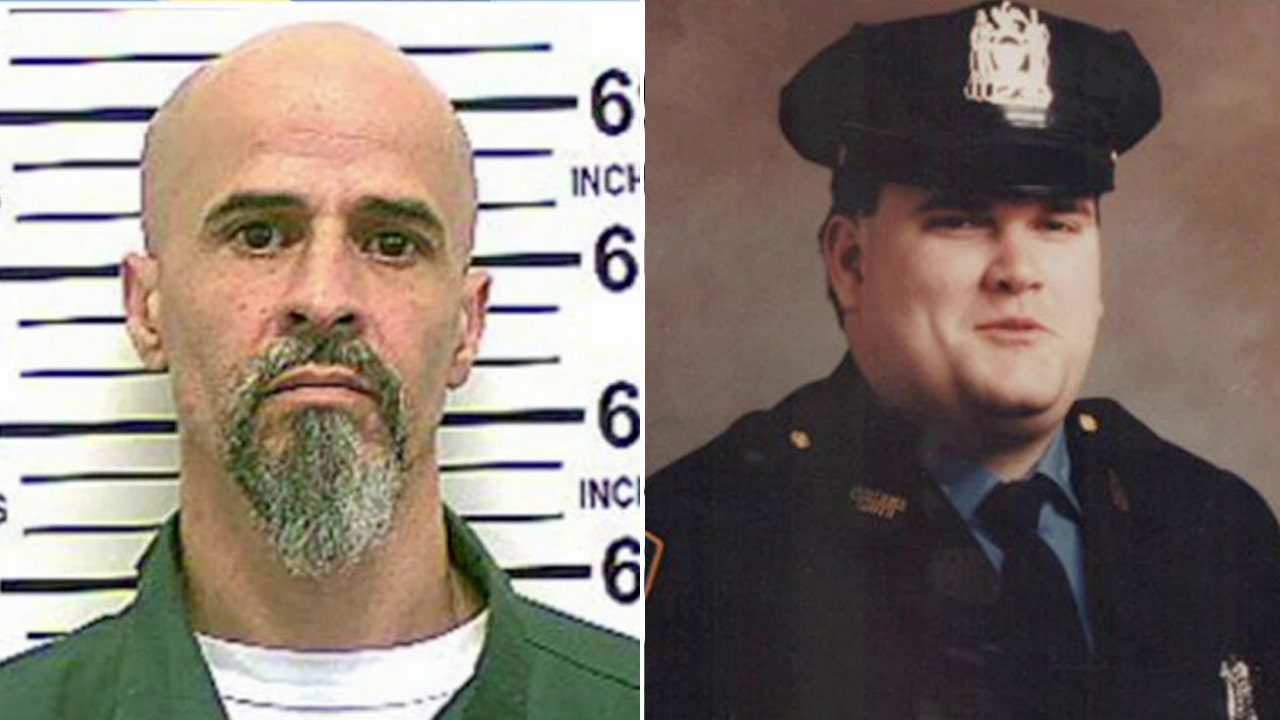
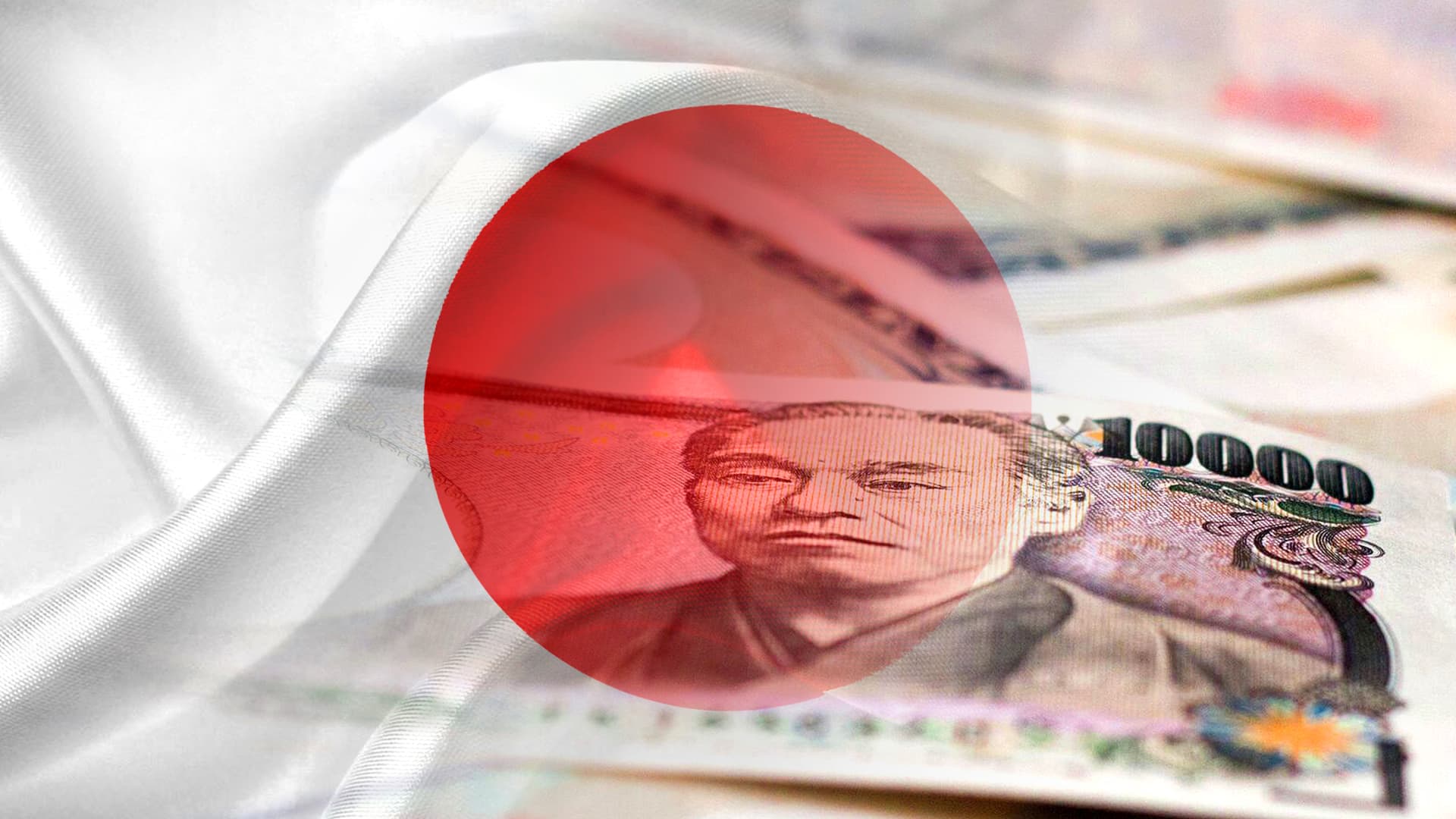

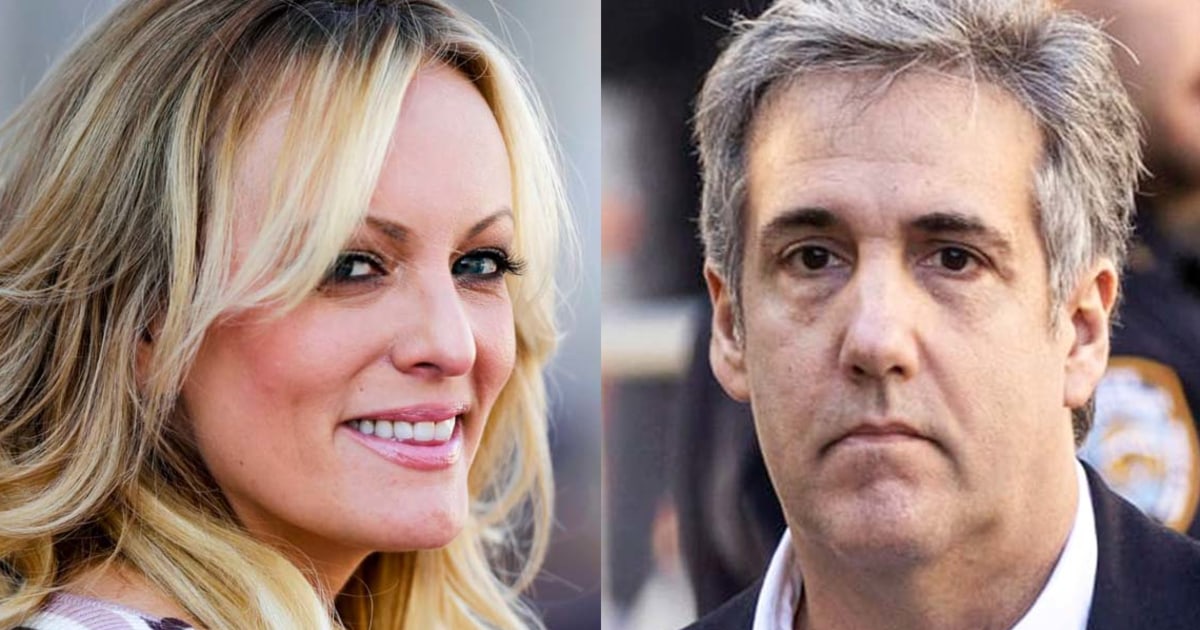

)



